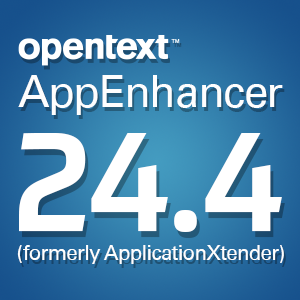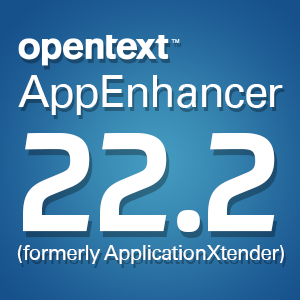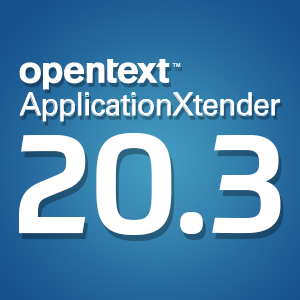What to consider when implementing document management
Thursday, October 11, 2012Investing in document management, or going full out paperless, can be a difficult process for a business when not approached properly. It requires attention to detail and the right tools to not only make business operations more efficient, but save on costs as well. Without the right approach, a business may end up wasting funds, causing more confusion than before and ultimately complicating, rather than simplifying, workflow.
By examining workflow and processes before investing in an information management solution, a business will be able to successfully deploy its system and reap the benefits of increased productivity, profitability and more. However, in order to be truly successful with deployment, some businesses may have to break down workflow and processes even further.
According to Business News Daily, there are eight factors that go into these considerations: the cloud, filing infrastructure, collaboration, compliance, business continuity, cost, employee use and business use. By closely examining each of these areas, a business should be able to make a more well-informed decision about going paperless.
For any company, the most important factors to consider should be cost, compliance and best-use scenarios for both the business as a whole and individual employees. A document management system shouldn't cost more than current systems, or should pay for itself in a reasonable amount of time. Additionally, a solution needs to meet compliance regulations while fitting all of the needs of employees and the business as a whole. Once these parameters are met, deployment should follow.
By enabling quality work environments and the right tools to get a job done, a business is working to make the workplace more organized, easier to manage and productive. These benefits will transfer into everyday dealings that the company participates in, enhancing workflow and overall improving business.
Brought to you by Image One Corporation, providing complete information governance since 1994.




